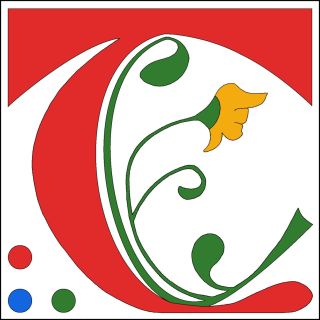
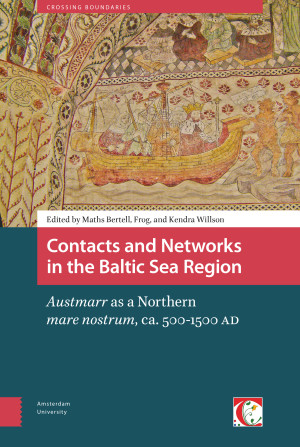
- Titel
- Contacts and Networks in the Baltic Sea Region
- Subtitel
- Austmarr as a Northern mare nostrum, ca. 500-1500 AD
- Redacteuren
- Maths Bertell
- Frog
- Kendra Willson
- Prijs
- € 134,00 excl. BTW
- ISBN
- 9789462982635
- Uitvoering
- Hardback
- Aantal pagina's
- 296
- Taal
- Engels
- Publicatiedatum
- 28 - 06 - 2019
- Afmetingen
- 15.6 x 23.4 cm
- Partner

- Voorbeeld
- Download introductie
- Ook beschikbaar als
- eBook PDF - € 133,99
Preface
Contributors
Introduction: Looking across the Baltic Sea and over linguistic fences
Frog, Kendra Willson, and Maths Bertell
Section 1: Mental maps
Chapter 1. The northern part of the Ocean in the eyes of ancient geographers
Aleksandr Podossinov
Chapter 2. Austmarr on the mental map of medieval Scandinavians
Tatjana Jackson
Chapter 3. The connection between geographical space and collective memory in Jómsvíkinga saga
Sirpa Aalto
Section 2: Mobility
Chapter 4. Rune carvers traversing Austmarr?
Laila Kitzler Åhfeldt
Chapter 5. Polish noble families and noblemen of Scandinavian origin in the eleventh and twelfth centuries. The case of the Awdancy family: by which route did they come to Poland and why?
Leszek Slupecki
Chapter 6. A medieval trade in female slaves from the north along the Volga
Jukka Korpela
Section 3: Language
Chapter 7. Ahti on the Nydam strap-ring? On the possibility of Finnic elements in runic inscriptions
Kendra Willson
Chapter 8. Low German and Finnish revisited
Mikko Bentlin
Section 4: Mythology and religion formations
Chapter 9. Mythic logic and meta-discursive practice in the Scandinavian and Baltic regions
Lauri Harvilahti
Chapter 10. The artificial maiden on both sides of the Gulf of Finland: The Golden Maiden in Finno-Karelian and Estonian folk poetry
Karolina Kouvola
Chapter 11. Local Sámi bear ceremonialism in a Circum-Baltic perspective
Maths Bertell
Chapter 12. Mythologies in transformation: Symbolic transfer, hybridization, and creolization in the Circum-Baltic arena (illustrated through the changing roles of *Tiwaz, *Ilma, and Ô¿inn, the fishing adventure of the Thunder-God, and a Finno-Karelian creolization of North Germanic religion)
Frog
Index of persons
Index of places
General index
Recensies en Artikelen
"For far too long the study of the Baltic Sea has been divided along modern geopolitical borders that center on single cultures, languages, and ethnicities. This edited volume [...] overcomes such linguistic and nationalistic barriers to present an integrated approach to the contacts and networks of the Circum-Baltic region. The result is a truly interdisciplinary volume that features approachable and accessible texts in English on language, mythology, and religious practice. [...] Its individual chapter case-studies work in favor of the book's scope on the Baltic as comprised of diverse cultures, languages, and ethnic groups to ultimately demote unidirectional or unilateral models of interpretation. Contacts and Networks in the Baltic Sea Region proves that there cannot be an overarching, singular narrative of the Baltic."
- Laura Tillery, The Medieval Review, 21.09.27 (2021)
- Laura Tillery, The Medieval Review, 21.09.27 (2021)
Contacts and Networks in the Baltic Sea Region
Austmarr as a Northern mare nostrum, ca. 500-1500 AD
De onderstaande tekst is niet beschikbaar in het Nederlands en wordt in het Engels weergegeven.
Since prehistoric times, the Baltic Sea has functioned as a northern mare nostrum — a crucial nexus that has shaped the languages, folklore, religions, literature, technology, and identities of the Germanic, Finnic, Sámi, Baltic, and Slavic peoples. This anthology explores the networks among those peoples. The contributions to Contacts and Networks in the Baltic Sea Region: Austmarr as a Northern mare nostrum, ca. 500-1500 ad address different aspects of cultural contacts around and across the Baltic from the perspectives of history, archaeology, linguistics, literary studies, religious studies, and folklore. The introduction offers a general overview of crosscultural contacts in the Baltic Sea region as a framework for contextualizing the volume’s twelve chapters, organized in four sections. The first section concerns geographical conceptions as revealed in Old Norse and in classical texts through place names, terms of direction, and geographical descriptions. The second section discusses the movement of cultural goods and persons in connection with elite mobility, the slave trade, and rune-carving practice. The third section turns to the history of language contacts and influences, using examples of Finnic names in runic inscriptions and Low German loanwords in Finnish. The final section analyzes intercultural connections related to mythology and religion spanning Baltic, Finnic, Germanic, and Sámi cultures. Together these diverse articles present a dynamic picture of this distinctive part of the world.
Redacteuren
Maths Bertell
Maths Bertell is university lecturer in religious studies at Mid-Sweden University. He has written on Norse pre-Christian and Sámi religions and conversion in the Nordic area.
Kendra Willson
Kendra Willson is a researcher in Nordic languages at the University of Turku in Finland. She works on a range of topics relating to Old Norse-Icelandic and Finnic historical linguistics and onomastics.
Gerelateerde boeken
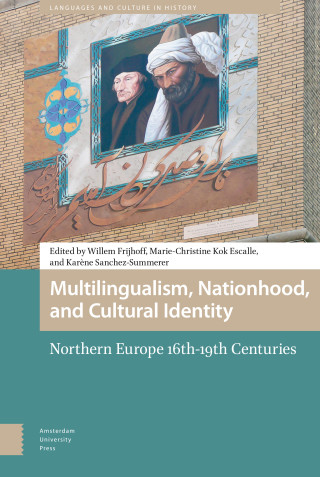
Multilingualism, Nationhood, and Cultural Identity
Willem Frijhoff, Marie-Christine Kok Escalle, Karène Sanchez Summerer (red.)
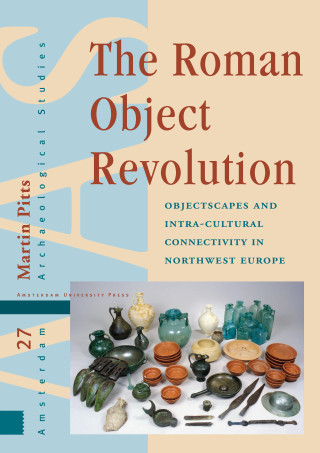
The Roman Object Revolution
Martin Pitts
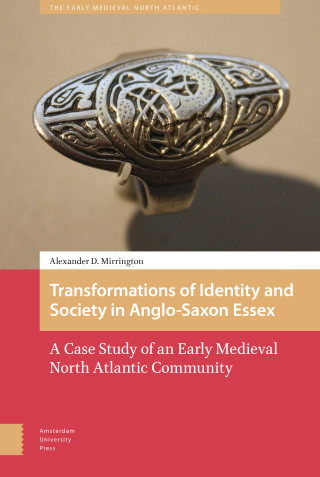
Transformations of Identity and Society in Anglo-Saxon Essex
Alexander D. Mirrington
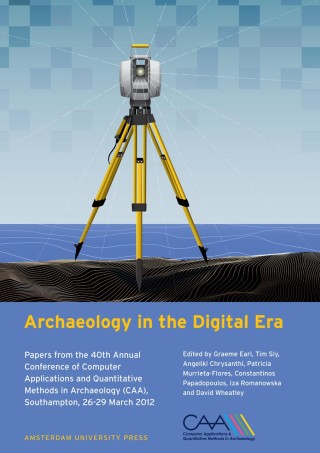
Archaeology in the Digital Era
Angeliki Chrysanthi, Konstantinos Papadopoulos, Patricia Murrieta-Flores, Timothy Sly, Earl Earl, David Wheatley, Iza Romanowska, Philip Verhagen (red.)
